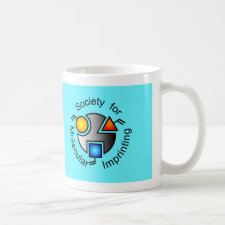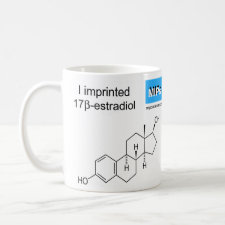
Authors: Wei ST, Molinelli A, Mizaikoff B
Article Title: Molecularly imprinted micro and nanospheres for the selective recognition of 17β-estradiol.
Publication date: 2006
Journal: Biosensors and Bioelectronics
Volume: 21
Issue: (10)
Page numbers: 1943-1951.
DOI: 10.1016/j.bios.2005.09.017
Alternative URL: http://www.sciencedirect.com/science/article/B6TFC-4HPKBSB-1/2/6d56864beeb75628a0d27f057ceb65f2
Abstract: A one-step precipitation polymerization procedure for the synthesis of molecularly imprinted polymers selective for 17β-estradiol yielding imprinted micro and nanospheres was developed in this study and compared to templated materials obtained by conventional bulk polymerization. The polymer particles prepared by precipitation polymerization exhibited a regular spherical shape at the micro and nanoscale with a high degree of monodispersity. Moreover, the influence of the polymerization temperature, and the ratio of functional monomer to cross-linker on the size of the obtained particles was investigated. The selectivity of the imprinted micro and nanospheres was evaluated by HPLC analysis and via radioligand binding assays. HPLC separation experiments revealed that the imprinted microspheres provide higher or similar affinity to the template in contrast to imprinted polymers prepared by conventional bulk polymerization or synthesized by multi-step swelling/polymerization methods. The dimensions of the imprinted nanospheres facilitate suspension in solution rendering them ideal for binding assay applications. Results from saturation and displacement assays prove that the imprinted nanospheres exhibit superior specific affinity to the target molecule in contrast to control materials. The binding properties of the nanospheres including binding isotherms and affinity distribution were studied via Freundlich isotherm affinity distribution (FIAD) analysis. Moreover, release experiments show that 70% of rebound 17β-estradiol was released from the imprinted nanospheres within the first 2 h, while more intimately bound 17β-estradiol molecules (approx. 16%) were released in the following 42 h. Fitting Brunnauer-Emmet-Teller (BET) multi-point adsorption isotherms to the obtained results indicated that the micro and nanospheres are characterized by a comparatively homogenous and narrow distribution of mesopores in contrast to the corresponding bulk polymers
Template and target information: 17β-estradiol
Author keywords: 17β-estradiol, Molecularly imprinted polymers, precipitation polymerization, enantiomer separation, HPLC, radioligand binding assay, Freundlich isotherm affinity distribution (FIAD) analysis



Join the Society for Molecular Imprinting

New items RSS feed
Sign-up for e-mail updates:
Choose between receiving an occasional newsletter or more frequent e-mail alerts.
Click here to go to the sign-up page.
Is your name elemental or peptidic? Enter your name and find out by clicking either of the buttons below!
Other products you may like:
 MIPdatabase
MIPdatabase









